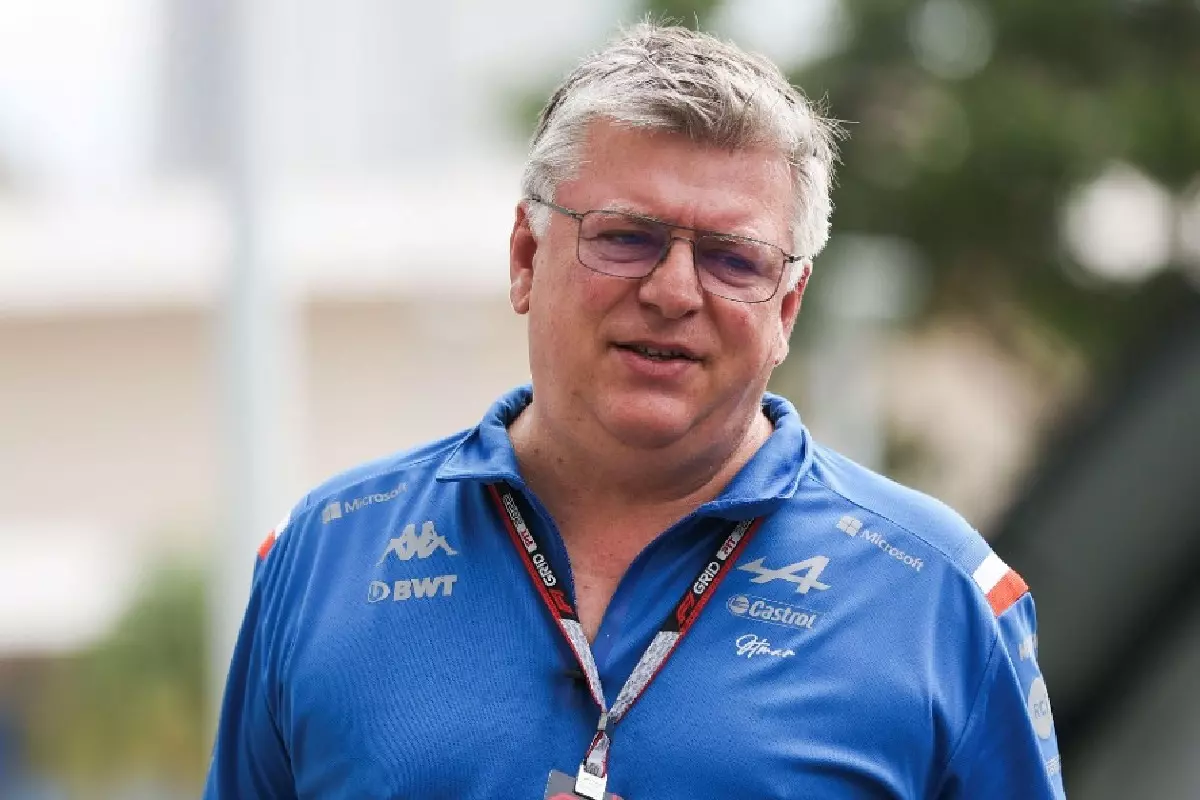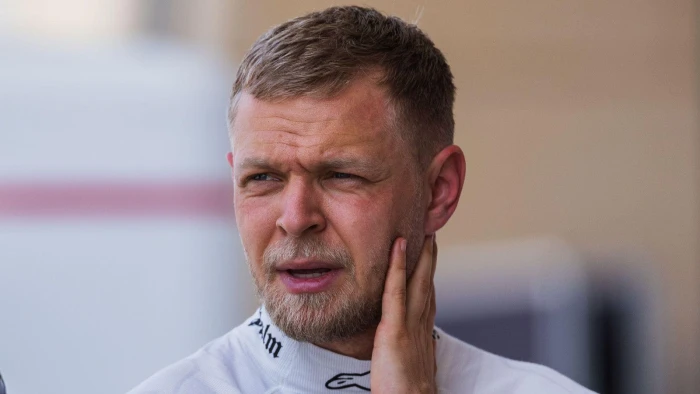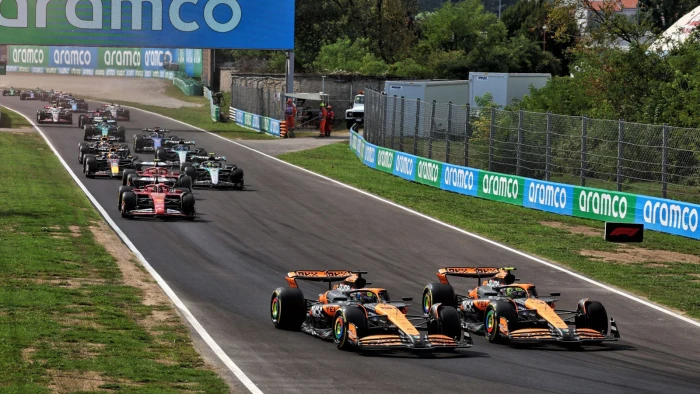Alpine claims new design will eliminate porpoising

Otmar Szafnauer
Alpine team boss Otmar Szafnauer said that the 2023 chassis is so different that porpoising issues will be a thing of the past.
Alpine were one of the teams least affected by the porpoising aerodynamic effect in 2022, with the A522 proving a versatile and stable machine throughout the season en route to fourth place in the Constructors' Championship.
While Alpine's Chief Technical Officer Pat Fry revealed that the design of the car meant it was less sensitive to the aerodynamic effect from the get-go, porpoising hasn't been a major consideration for Alpine after introducing major changes for the 2023 design.
While changes have been made to the FIA Technical Regulations regarding floor design, in order to address the issues that introduced porpoising, team boss Otmar Szafnauer said the Enstone-based squad had consistently made decisions during 2022 in order to ensure the problem rarely occurred in the first place.
"We've made some significant changes for next year on the car," Szafnauer told PlanetF1.com when asked about the 2023 car design route.
"The porpoising, I think we were able to tune out so to speak, but we tuned it out at the expense of performance. Others could have tuned it out as well, I think they didn't want to lose that performance.
"So they did other things like lobby the FIA, get rule changes, all sorts of stuff, but not to have to remove porpoising through performance loss.
"Maybe that's because our performance loss to get on top of porpoising was less, I don't know, because I don't know what their loss was. I just know what our loss was."
Szafnauer revealed the team had used a scale to measure the porpoising effect, with the decisions on setup being made based on the severity of the side-effect.
"We always made those trade-off decisions on car setup, especially early on to get the car to a place where porpoising wasn't an issue for the drivers," he said.
"And that's where we raced it. We had a scale of one to 10 and we really never wanted to be above a three. 10 being unbearable and one being nothing.
"So we wanted to be in the region of three and four. We would manipulate the car setup to make sure that the drivers were OK. But that always came at the expense of performance. Maybe some of the others didn't want to do that, they saw better routes. Next year, I think we should be OK for porpoising and just build on the base that we have this year."
Aside from the car design, Szafnauer said there are areas of weakness that Alpine have identified and are rectifying for 2023.
"There are things we're changing already," he told media, including
PlanetF1.com, when asked about how the team are improving their operations.
"There are areas where we're lacking compared to some of the other teams, and the areas where we're lacking are areas where the tools that we have to be able to analyse quickly are experiments and do experiments in not the real world, [in order] to be able to say, 'we need to do this, this and this' to make the car quicker.
"So in that area, we're lacking a bit. So simulation tools, for example, hardware and software, and some people. So three things, and we need to improve that area. And if we can improve that area, we'll then improve the car quicker."

